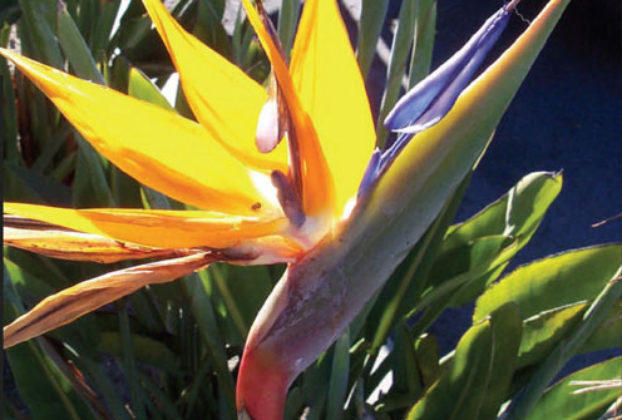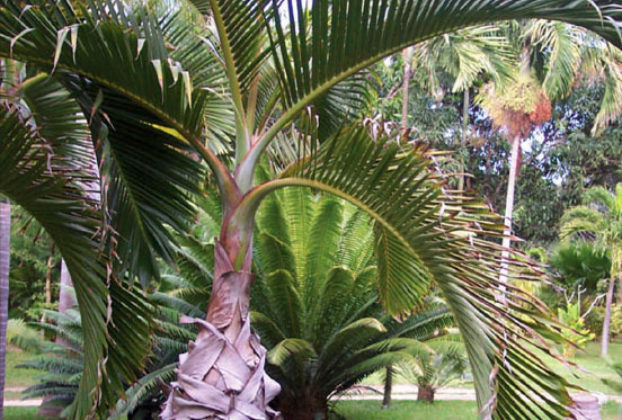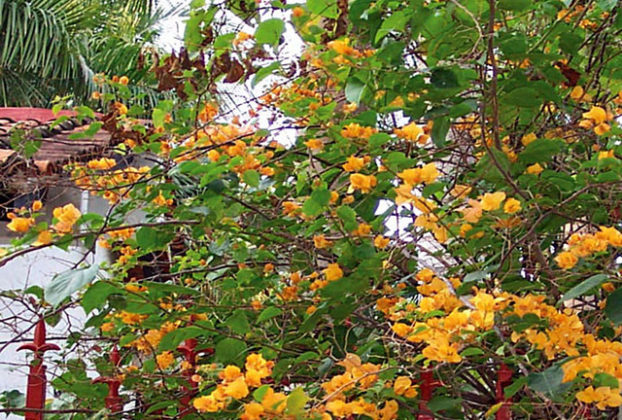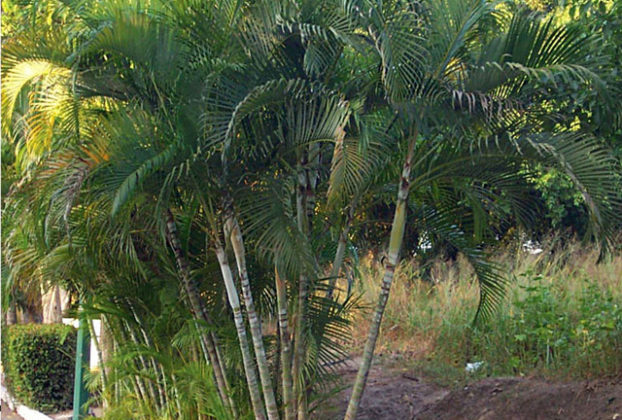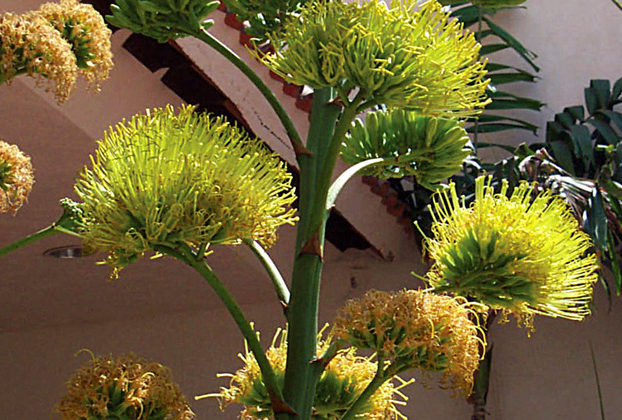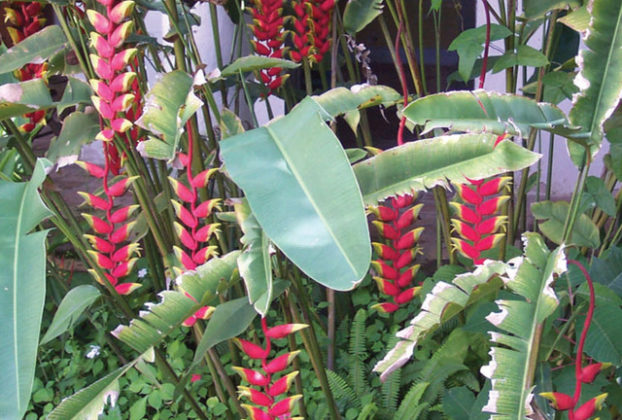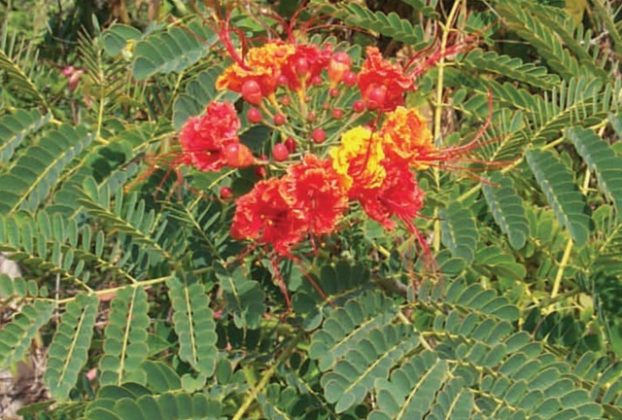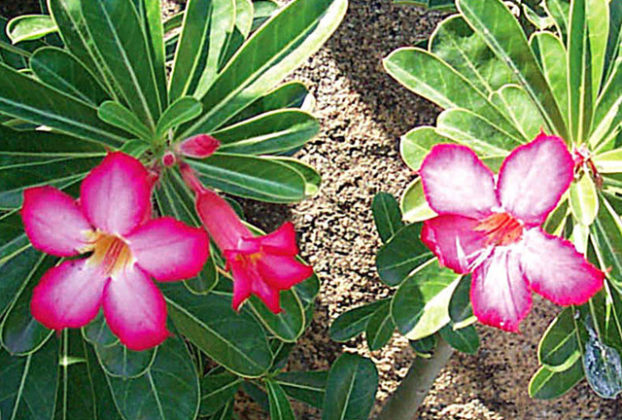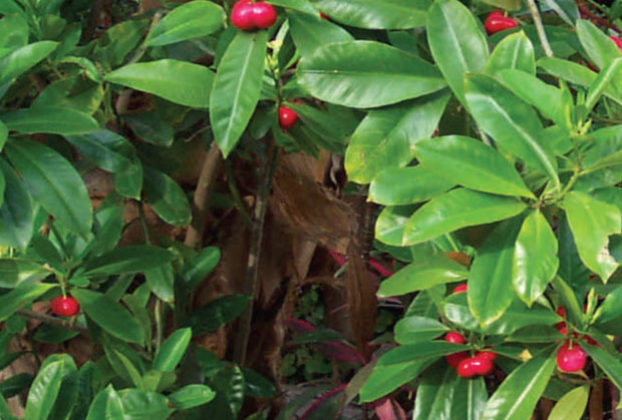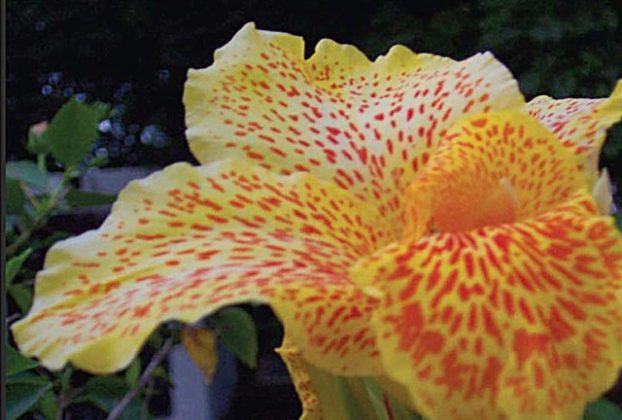Bamboo, banana and bird of paradise: ornamental plants and flowers of tropical Mexico
Three beautiful options for your tropical garden in Mexico are bamboo, banana and bird of paradise. Family: Musaceae Use: Banana is a tree-like plant (actually a herb), closely related to plantains. It produces edible fruit that grows in clusters. There are many fruits to each tier, which is called a hand. Bananas are the staple starch in […]
Continue Reading
